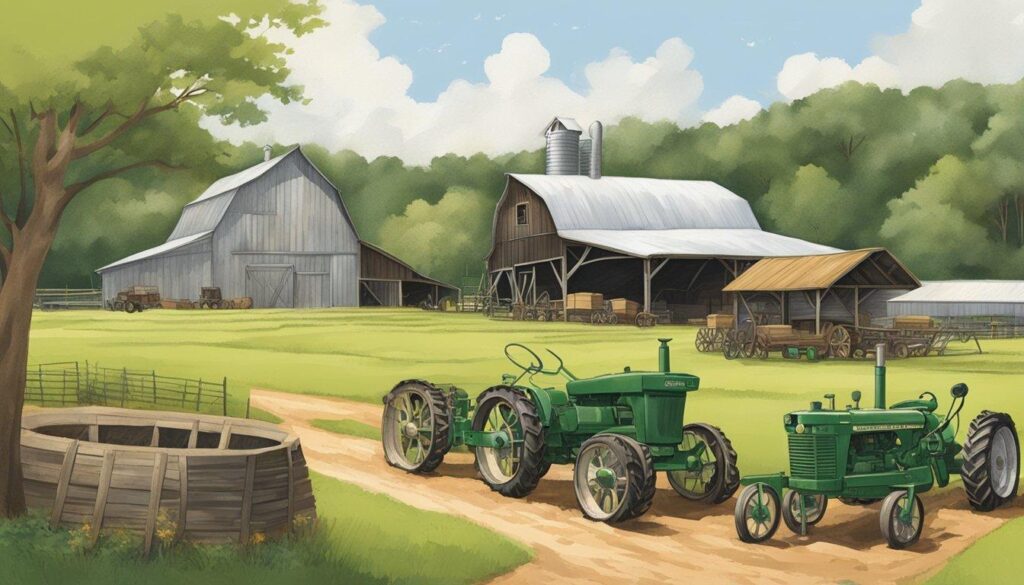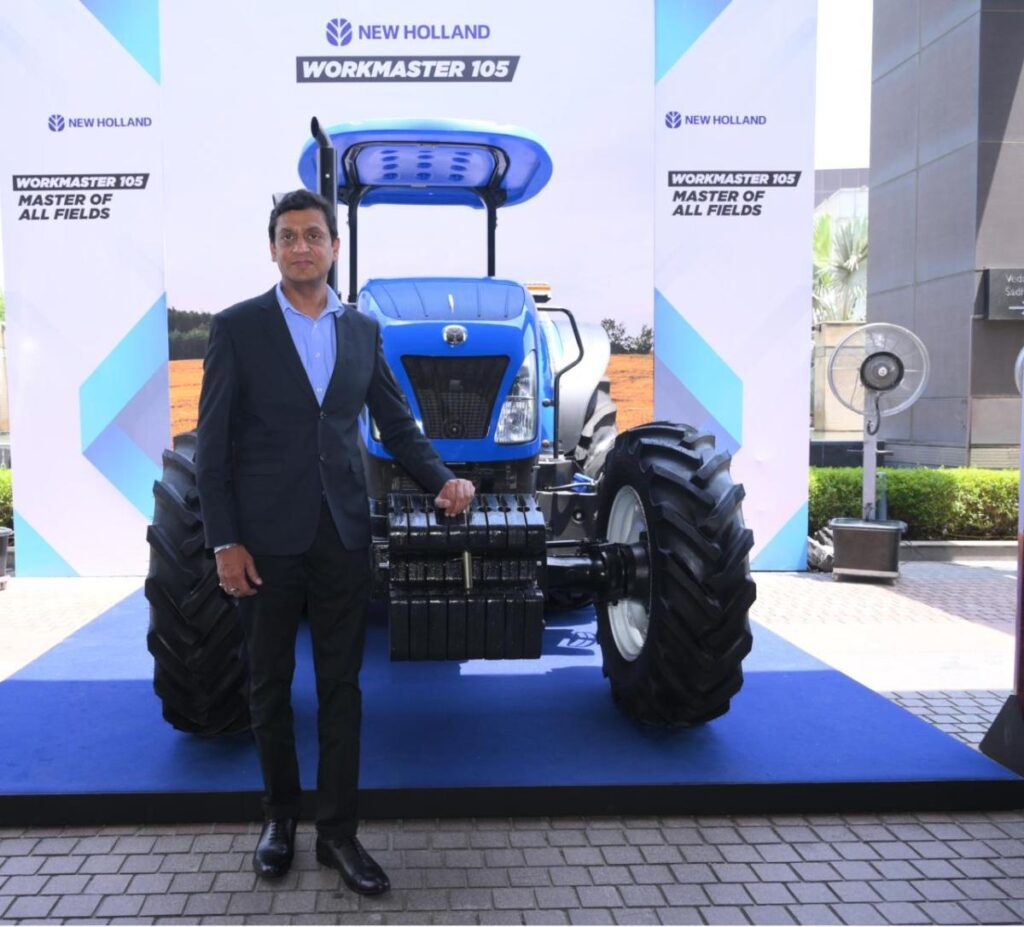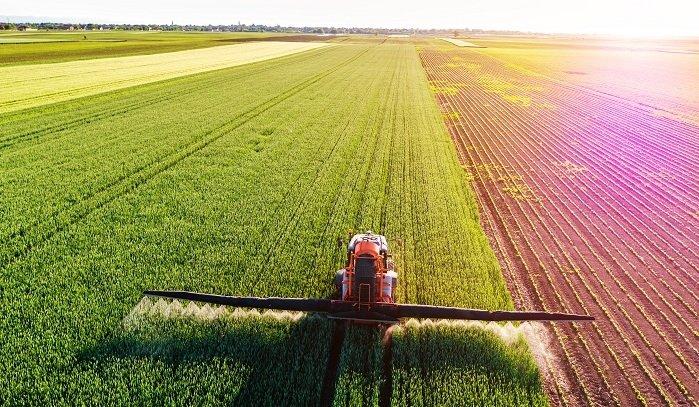The Pioneer Farm Museum stands as a testament to the remarkable conversion of agricultural technology over the past two centuries. From simple hand tools to sophisticated machinery, this collection showcases the evolution of farming equipment that revolutionized food production worldwide.Through its extensive display of vintage tractors, threshers, and implements, visitors can trace the progression from manual labor to mechanized farming, understanding how each innovation shaped modern agriculture. The past journey of agricultural machinery unfolds like a captivating narrative at this unique museum, showcasing the remarkable transformation from manual farming tools to sophisticated modern equipment. Visitors can trace the evolution of farming implements through carefully curated exhibits, beginning with primitive hand tools that early settlers used to cultivate the land.
The museum’s collection features rare specimens of early plows, including wooden models that required immense physical effort to operate. These artifacts demonstrate how farmers initially relied on human and animal power to work their fields. The transition to steel plows marked a significant advancement, allowing for more efficient soil preparation and increased crop yields.One of the most significant developments highlighted is the advent of steam-powered machinery in the late 1800s. The notable steam tractors on display represent a revolutionary period when mechanical power began replacing animal labor. These massive iron workhorses, with their distinctive whistles and smoke stacks, transformed agricultural productivity and laid the groundwork for modern farming practices.
The exhibition progresses through the gasoline engine era, showcasing early tractors from manufacturers like John Deere, International Harvester, and Farmall. These machines introduced unprecedented mobility and versatility to farming operations. Visitors can examine how designs evolved to incorporate features like power take-off systems, hydraulic controls, and improved ergonomics.
An extensive collection of harvesting equipment illustrates the progression from simple scythes and cradles to mechanical reapers and combines. The museum’s restored threshing machines demonstrate how grain processing evolved from labor-intensive manual separation to efficient mechanical systems.
Interactive displays allow visitors to understand the mechanical principles behind various implements. Working models demonstrate how different gear systems, belts, and drives functioned together to power various agricultural operations. The museum’s restoration workshop provides insights into the maintenance and preservation of these historical pieces.
The technological leap into the modern era is represented by exhibits featuring precision farming equipment. GPS-guided systems, computerized controls, and automated implements showcase how digital technology has revolutionized agricultural practices. These contemporary additions highlight the continuous evolution of farming machinery.
Special attention is given to specialized equipment developed for different crops and farming conditions. From cotton pickers to potato harvesters, the museum illustrates how machinery adapted to meet specific agricultural needs. The collection also includes early irrigation systems, showing the development of water management technologies.
Original documentation, including operator manuals, advertisements, and manufacturing blueprints, provides historical context for the exhibited machines.These materials offer insights into the marketing, pricing, and technical specifications of various equipment throughout different eras. Photographs and video installations capture these machines in action, bringing their historical significance to life.





